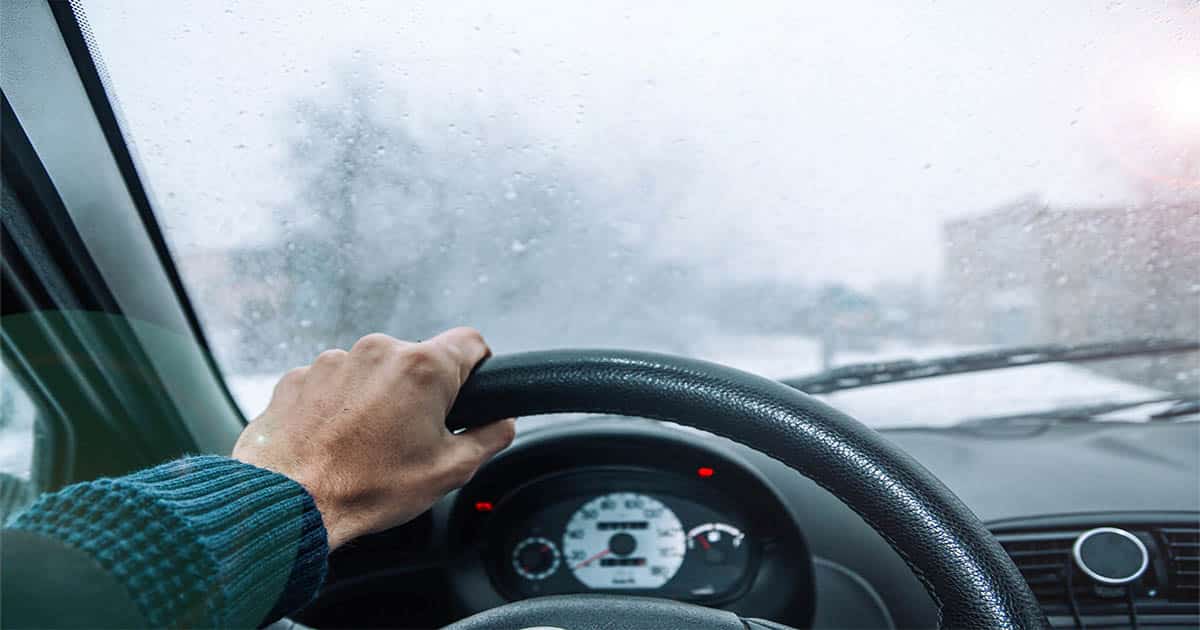
Car Safety for Driving in Winter:- When the snow starts falling, many people panic. Driving in winter, with its slippery roads and shortened daylight hours, can be stressful – and challenging – for even the most experienced drivers.
If you regularly drive to work, school or anywhere else during the winter months, follow these tips to stay safe on icy roads. Luckily,
there are some simple steps that you can take as a driver to stay safe during the winter. Even if you live in an area where it snows frequently,
these tips will help keep you prepared for whatever Mother Nature throws your way.
As with any new driving situation, practice these tips before hitting the road in real-world conditions so that they become second nature when danger strikes.
Car Safety for Driving in Winter
1) Check Your Car
If your car isn’t ready for winter, it won’t matter how careful you are driving. Make sure your car has been properly winterized so that you’ll be prepared for whatever the season brings.
If you’re unsure about how to prepare your car for the winter, talk to your mechanic about the best steps for your vehicle.
If you don’t have a regular mechanic, find a shop that specializes in winter car preparation.
These shops are familiar with the extra gear that you’ll need to keep your car running safely during the winter and can provide you with the right equipment at a reasonable cost.
If you own a hybrid or an electric car, you’ll need to winterize it differently than a standard car. Hybrid and electric cars are more sensitive to extreme temperatures,
so you’ll need to take some extra precautions when driving in cold weather. You’ll need to have your battery and engine fluids checked regularly and make sure your tires are properly inflated.

2) Slow Down
One of the most important things you can do when driving in winter is to slow down. Not only will this help you avoid accidents,
it will also help you avoid unnecessary wear and tear on your car. Snow and ice make roads less predictable, and they can change without warning.
If you accelerate too quickly, you risk losing control of your car and sliding into another vehicle or off the road entirely.
If you’re driving on a snowy or icy road, stay in first gear and use your brakes more often than usual to slow down.
This will give your tires a chance to stop and grip the road, giving you more control over your vehicle. It will also extend the life of your tires, since they’ll be less likely to overheat and wear out.
3) Stay in the Lane
If your car starts to slide on a slippery road, don’t panic. Stay calm and stay in the lane. If you are not driving on a divided highway, try not to drive the middle of the lane.
Doing this can cause other vehicles to try to pass you on both sides, causing an accident. Instead, try to stay on the paved portion of the road as much as possible.
If a patch of black ice causes you to start to slide, immediately steer in the direction of the slide. If you can’t steer in the direction of the slide,
try to brake a little so you don’t slide further. Doing so will help keep your car from going off the road and causing serious injury to yourself and others.

4) Don’t Stop Short
When you’re stopping on a slippery road, make sure you stop far enough ahead of other cars so that they have time to react.
Stopping too short can cause other drivers to rear-end you, so make sure you’re giving yourself enough distance between your car and the cars in front of you.
If you’re driving behind someone who stops too short, be patient and don’t try to pass them. You don’t want to try to stop in an area where they didn’t give themselves enough space to slow down.
Instead, follow at a safe distance and stop when they do.
5) Turn Off Electronic Devices
When you’re in a car, it’s important to turn off any electronic devices that can distract you from the road.
Not only will this help keep you safe, but it’s also required by law in many areas.
While you’re driving in winter, you may want to turn off or unplug your car’s GPS system as well.
GPS systems that use satellites usually take longer to re-route around icy patches during the winter, so it’s best to turn them off until you’re out of the dangerous driving conditions.

6) Always Carry Winter Supplies
Make sure you always have winter supplies in your car, just in case a storm catches you by surprise.
At a minimum, you should keep blankets, extra clothing, a winter survival kit and a shovel in your car during the winter.
You may also want to keep a charged cell phone (or two), a warm beverage, water, food and a first-aid kit in your car.
These items can help keep you safe and prepared in the event of an accident or other winter driving crisis. They can also help you assist other drivers on the road.
If you’re stopped on the side of the road with another driver, these supplies can help you get through the situation safely and comfortably.
Conclusion
There are many ways to prepare yourself for winter driving, both behind the wheel and in your car. By following these tips,
you can stay safe on the road this winter and enjoy the season without any serious danger. Winter driving can be challenging,
but it doesn’t have to be dangerous. With the right precautions, you can easily stay safe and prepared throughout the season.
Also Refer:- Best 6 Benefits of Purchasing Health Insurance


0 Comments